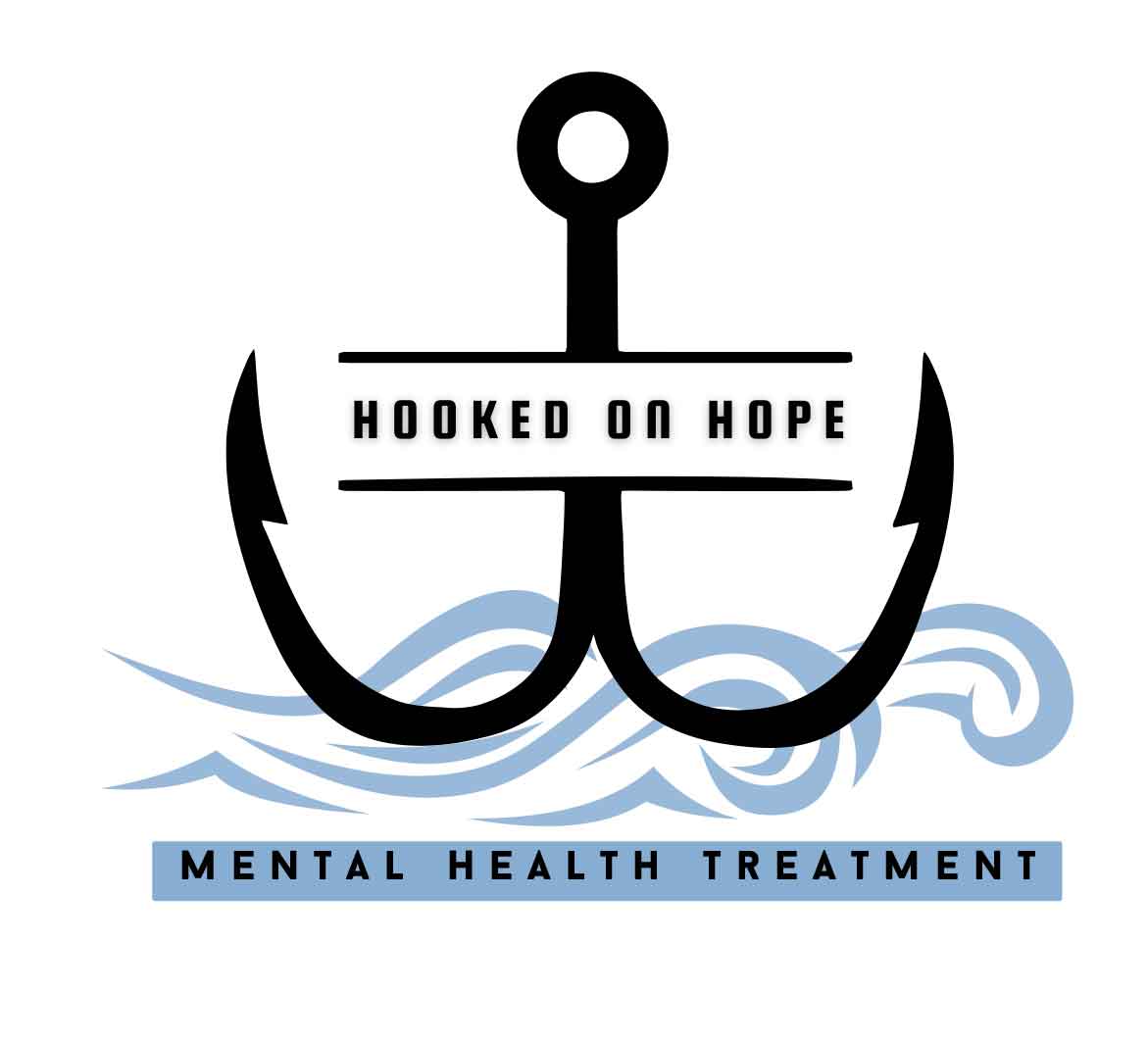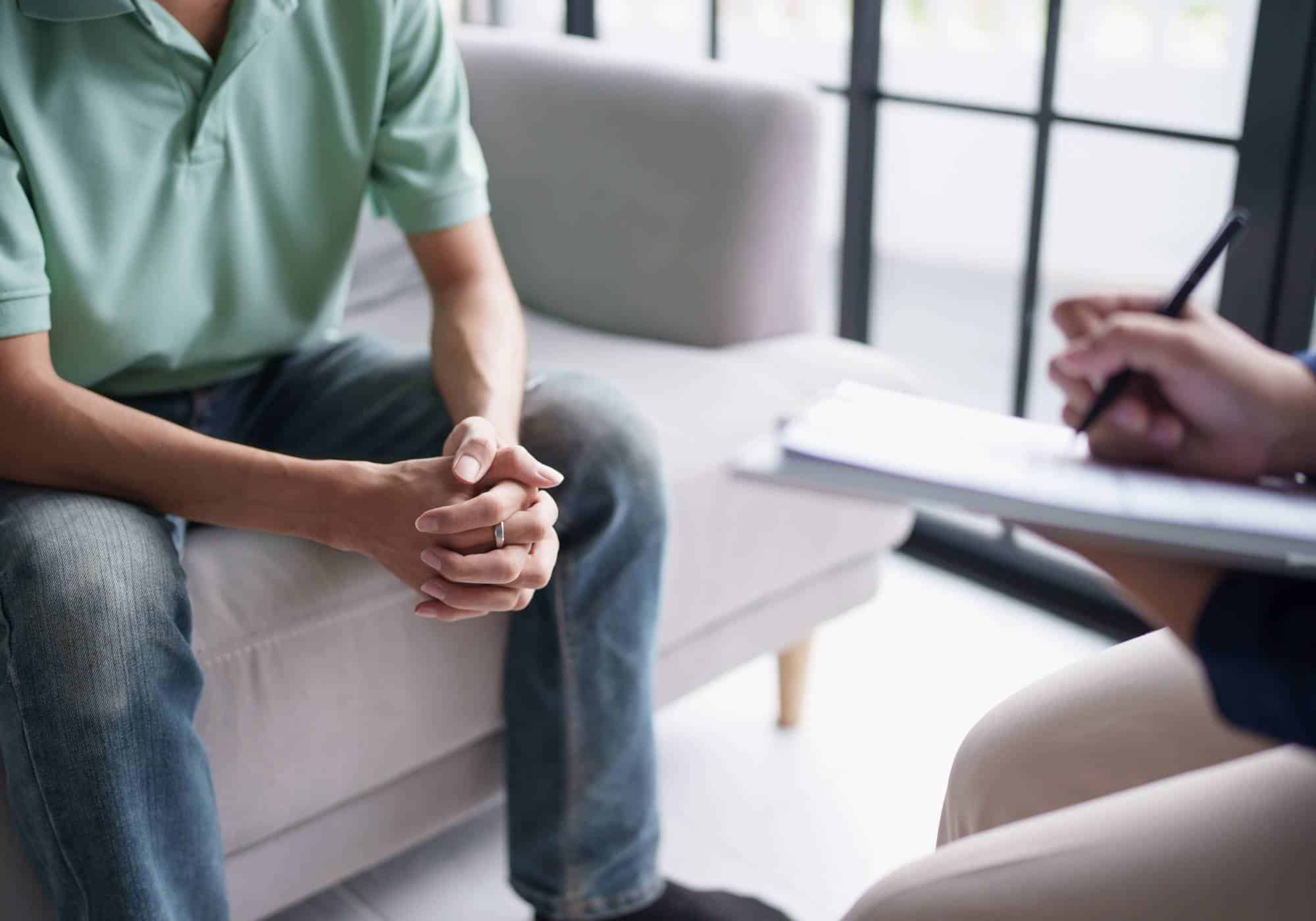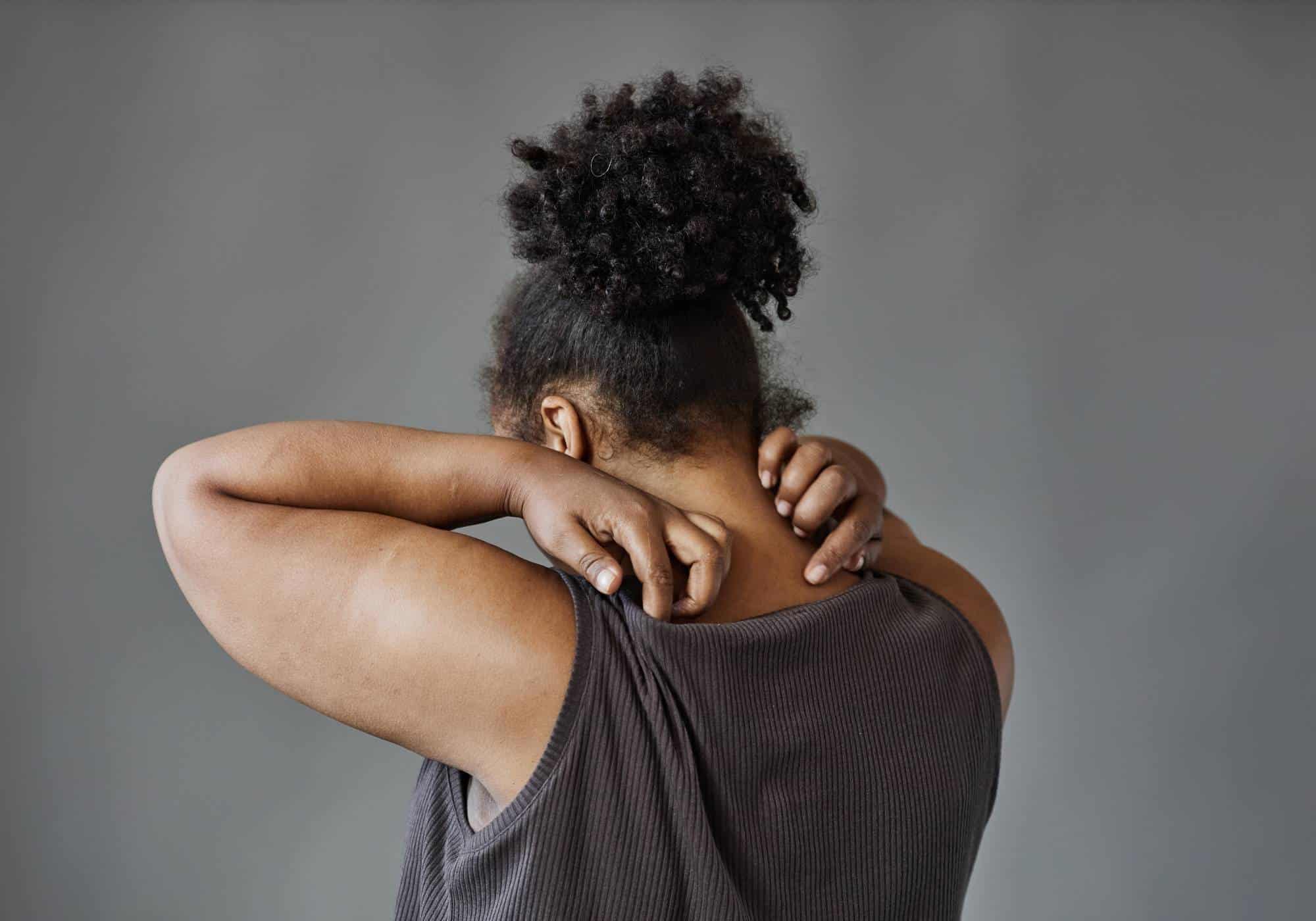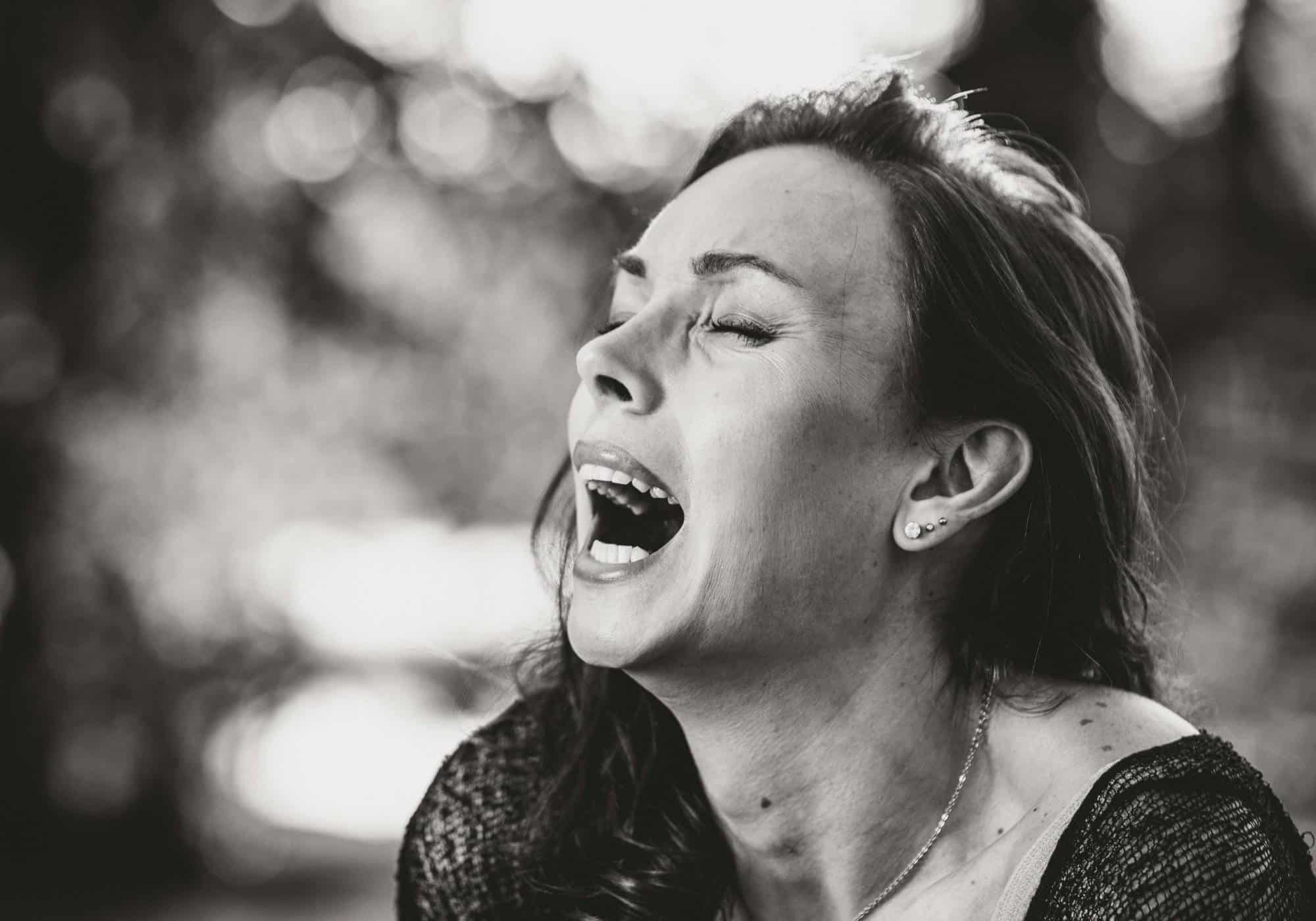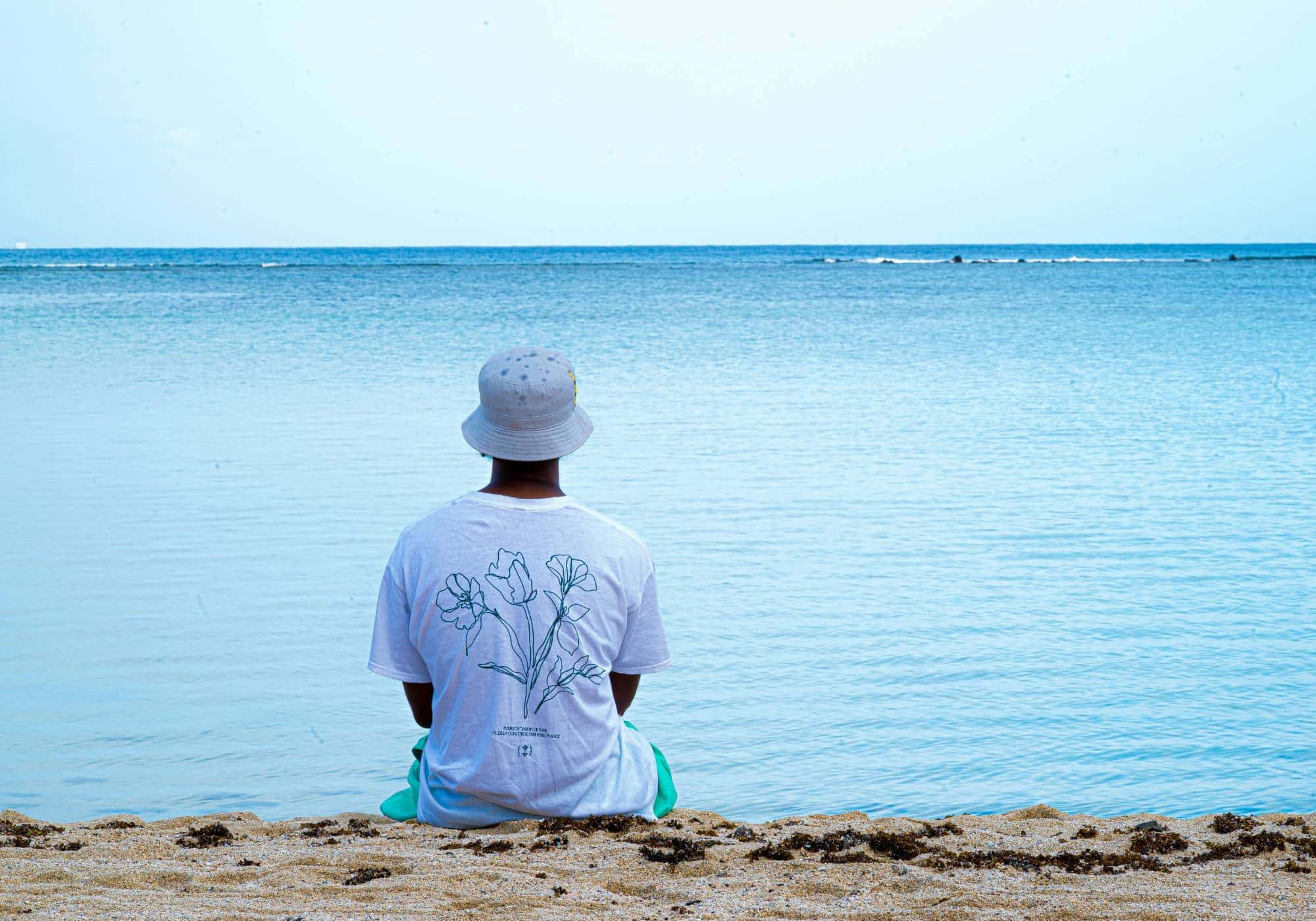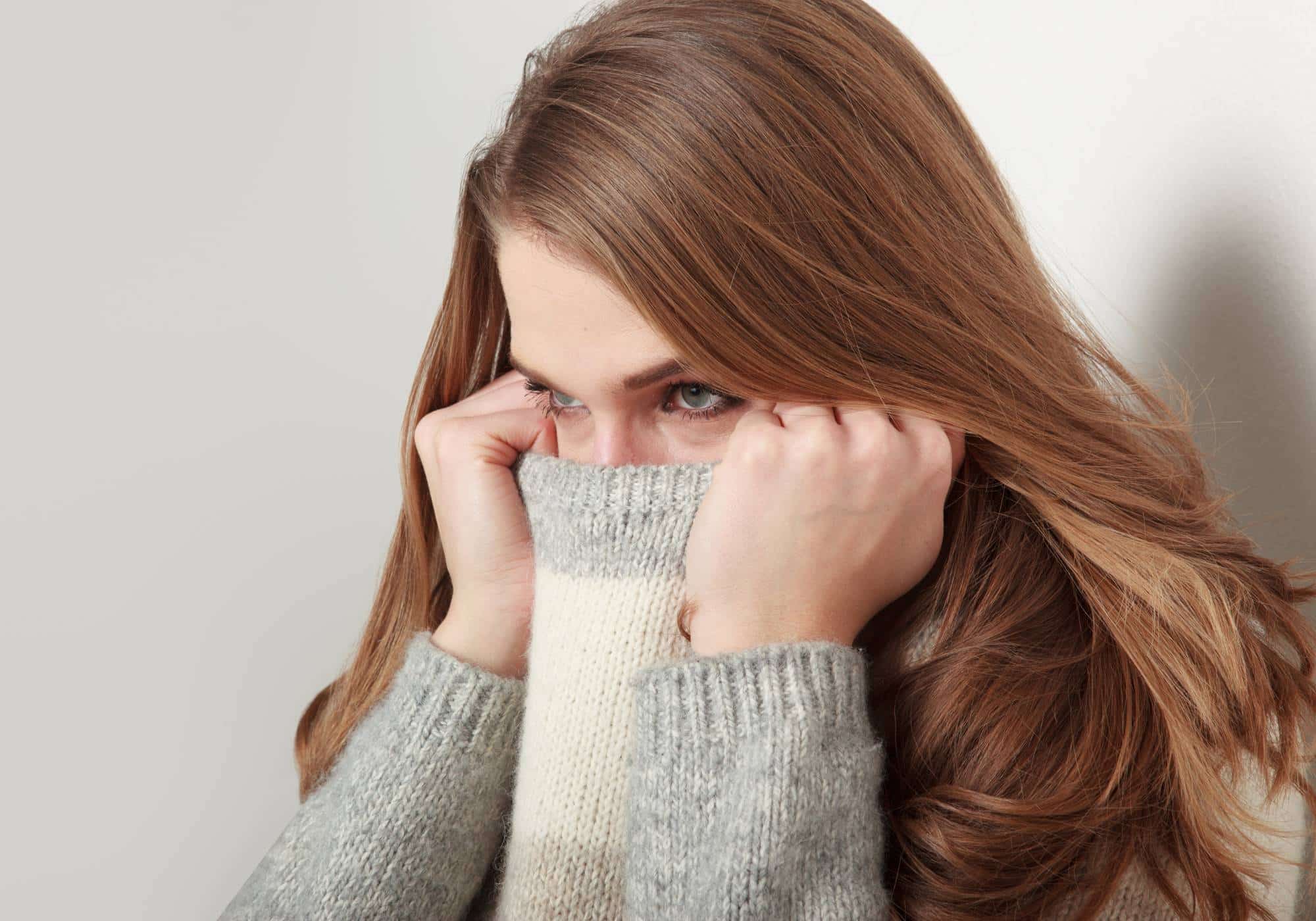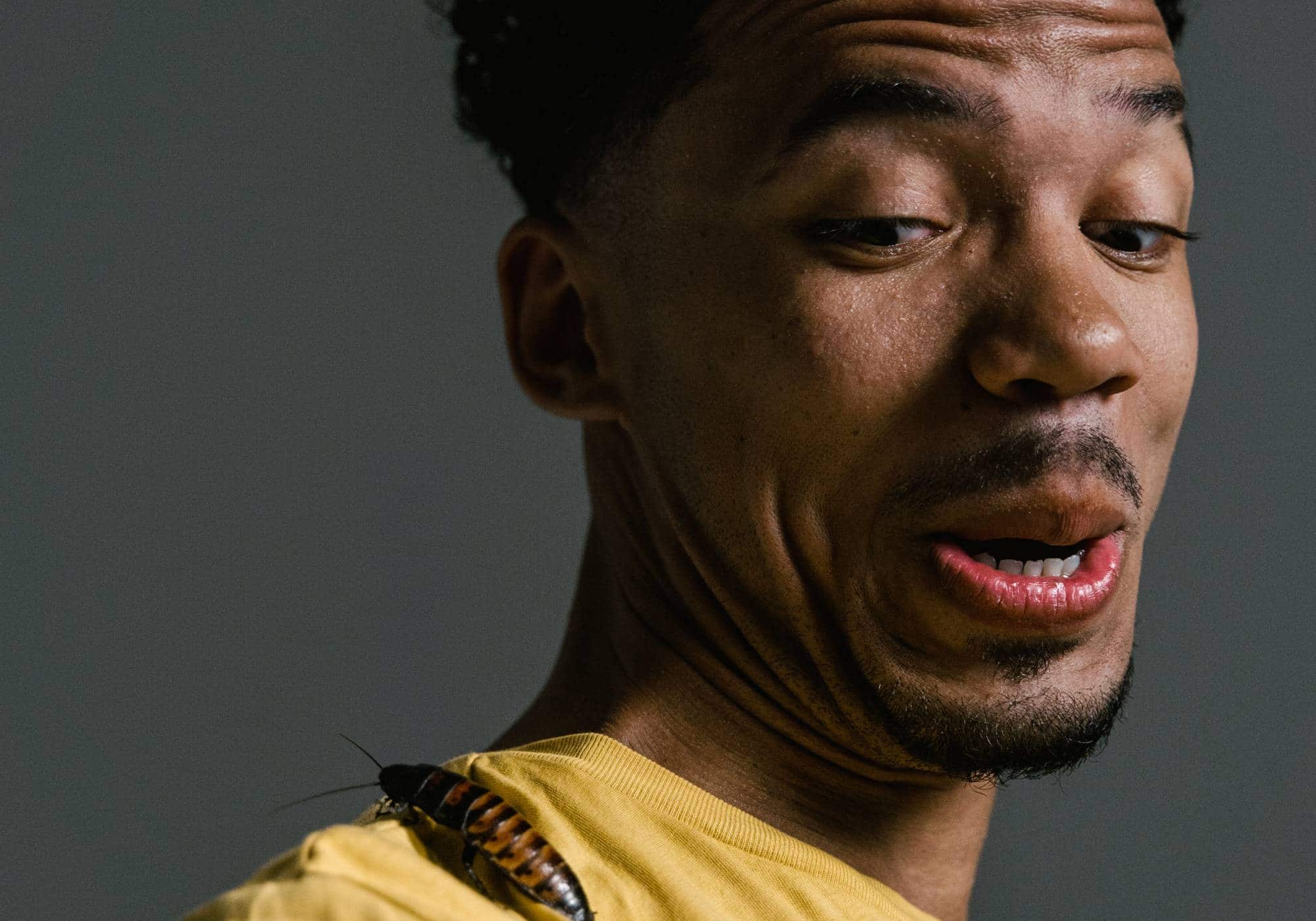There Are Many Different Types of Phobias That Affect People’s Daily Lives
Phobias can disrupt routines, careers, and relationships. While fear is a normal reaction when genuine risks arise, phobias take that sense of danger to an extreme. A specific phobia is an intense, persistent fear of something that poses little or no actual harm, yet can overwhelm a person’s thoughts and emotions. Such fears may begin as a response to a real event, like a bad spider bite or a frightening airplane experience, but they soon expand beyond what’s reasonable. This excessive anxiety might even prevent someone from seeing friends, going to work, or engaging in other normal activities. Whether the fear centers on social gatherings or certain objects, phobias can have a bigger impact than most people realize. Below, you’ll learn more about what phobias really are, the reasons behind them, and how they’re commonly treated. In Atlanta, GA, some individuals find that outpatient mental health treatment in Atlanta is beneficial, offering professional support and hope for overcoming these crippling anxieties.
What Are Phobias?
Simply put, a phobia is an overpowering fear of a specific item, animal, scenario, or event. A person might recognize that this dread is irrational, yet that doesn’t lessen its emotional pull. To avoid feeling that terror, people often steer clear of the feared trigger, which can lead to self-limiting choices. For instance, if someone dreads dogs, they might walk three blocks out of the way to avoid a neighbor’s house. Or if they fear flying, they might turn down a great job that involves air travel. Sadly, these coping habits can cause bigger issues, like isolation or missed opportunities.
Phobias can also be linked with substance abuse. Some individuals lean on alcohol or drugs to blunt their intense panic or quell the constant worry about stumbling onto their fear. While it may temporarily numb them, substance use often creates new problems—like addiction—that worsen anxiety in the long run.
Types of Phobias
Researchers group phobias into different categories, but two main types are particularly well known: social phobias and specific phobias.
Social Phobias
Social phobias revolve around overwhelming anxiety about interacting with others or being judged in public. This can show up in unique ways for different people:
- Fear of Certain Situations: Some folks only panic in tightly packed events (like concerts) or while speaking on stage.
- Broad Social Fear: Others might feel uneasy anytime they’re around people, no matter the setting.
Agoraphobia
Agoraphobia is often described as a fear of open spaces, but it’s more complex than that. People with agoraphobia may avoid places or events because they’re scared of feeling trapped, embarrassed, or helpless if panic sets in. Many also develop panic disorder—marked by panic attacks that reinforce their dread of being in public. As a result, they might stay inside their home for months, unable to face the outside world.
Glossophobia
Glossophobia (fear of public speaking) is one of the most common social phobias. Even individuals who are confident and outgoing in other settings can feel paralyzed at the idea of talking in front of a group. For those whose jobs need frequent public presentations, like teachers or lawyers, this can be a big concern.
Specific Phobias
Unlike social phobias, these stem from a direct fear of certain animals, items, or scenarios. They can appear alongside other anxiety conditions, for example post-traumatic stress disorder or obsessive-compulsive disorder. A typical example is claustrophobia, the fear of being trapped in cramped places. That can show up in small elevators, tight stairwells, or airplanes. Someone with claustrophobia might be so anxious about restricted spaces that they avoid events or career moves involving them.
Other Common Phobias
There’s a wide range of phobias recognized by mental health experts. Some revolve around animals, while others center on certain environments.
Here are a few frequently seen ones:
- Zoophobia: Fear of animals
- Arachnophobia: Fear of spiders
- Acrophobia: Fear of heights
- Aquaphobia: Fear of being in water
- Astraphobia: Fear of thunder and lightning
- Hematophobia: Fear of blood or injuries
- Mysophobia: Fear of dirt, germs, or getting sick
- Coulrophobia: Fear of clowns
- Nyctophobia: Fear of the dark
Each phobia can carry different symptoms, but they often share the same overwhelming sense of alarm and desire to avoid the trigger at all costs.
The Most Common Phobias
Some phobias pop up more often in society than others, but being “common” doesn’t mean they’re any easier to live with. According to certain psychiatric surveys, the phobias people mention most involve animals (like spiders or snakes), enclosed spaces (like tiny rooms), heights, being injured, or being alone. People coping with these worries can find daily life tough. For instance, someone with a fear of heights might be nervous if they work on an upper floor or even at a mall’s second level.
How Common Are Phobias?
If you spend time online, you’ve likely seen many mention strong aversions to spiders, snakes, or heights. But not everyone’s anxious reaction qualifies as a phobia. True phobias feature severe fear that feels out-of-proportion to the threat. Overall, about 8% to 12% of Americans have a specific phobia at some point, while worldwide rates vary from about 2% to 6%. Many individuals first show signs of specific phobia before age 10, although teenagers can have slightly higher rates of phobias, around 16%.
Gender also factors in—women are about twice as likely as men to have specific phobias. That said, phobias of all kinds usually drop in older adulthood. Only about 3% to 5% of seniors (65 and up) meet the criteria, meaning phobias might either fade over time or become overshadowed by other health issues.
What Are the Symptoms of Phobias?
Whether it’s a fear of crowds or needles, a phobia can spark strong physical, mental, and behavioral symptoms.
On the mental side, you might notice:
- Panic or urgency to escape
- Immediate dread
- Feeling disconnected from your environment (derealization)
- Feeling separated from your own body (depersonalization)
Physical reactions can include:
- Racing heart or palpitations
- Sweating, chills, or feeling overheated
- Trembling limbs
- Nausea or sour stomach
- Trouble breathing or sensing tightness in the chest
- Lightheadedness or dizziness
- Tunnel vision
- Skin turning pale
Behaviorally, you might do everything possible to avoid your trigger. That could mean not seeking health care if you fear needles, or turning down a job near water if you dread swimming. Even positive life changes (like relocating to a better neighborhood) can be blocked by a phobia if it involves potential exposure to the feared object or circumstance.
What Causes Phobias?
Experts consider phobias to be extreme forms of fear and anxiety. Under normal conditions, these emotions keep people safe from real threats. But with a phobia, the alarm bells are triggered for minimal or even nonexistent hazards.
Although not all causes are fully understood, the following factors might contribute:
- Traumatic Incidents: This includes personal experiences (like being bitten by a dog) or watching someone else get hurt.
- Genetic Ties: Some evidence points to certain phobias running in families. Animal fears or blood-injury phobias often occur at higher rates among close relatives.
- Learned Responses: If you constantly see or hear about a friend’s or parent’s phobia, you might “adopt” that fear, too. Overprotective caregiving can heighten a child’s risk of developing phobias.
- Information Overload: Repeated exposure to alarming news stories or frightening media might boost your anxiety about specific dangers.
Phobia Risk Factors
Several aspects of life can make phobias more likely, such as:
- Inherited Anxiety Issues: Families with a history of anxiety disorders can pass down vulnerabilities.
- Age: Many phobias start in childhood or early adolescence.
- Gender: Women are more prone to certain phobias.
- Socioeconomic Standing: Stressful living conditions, fewer resources, and a lack of healthcare might push some people deeper into phobic behavior.
Phobias and Substance Abuse
Because phobias spark constant worry or fear, some individuals turn to substances to cope. Alcohol or drugs can momentarily reduce tension. But this self-medication can quickly spiral into addiction, compounding existing problems. Substance use might mask the presence of a phobia for a while, but the underlying anxiety doesn’t vanish. Over time, the mental and physical toll of addiction can worsen or create new anxieties. Sometimes only a thorough evaluation can distinguish whether someone’s anxious symptoms stem from a phobia or from a substance’s aftereffects.
Diagnosing Phobias
Professionals use established guidelines to diagnose each type of phobia.
Common criteria usually involve:
- Life-limiting: The phobia disrupts normal activities.
- Avoidance: You go to great lengths to avoid your fear.
- Anticipatory Anxiety: You fixate on upcoming events where you might face your fear.
After an assessment, a mental health professional decides whether the fear meets diagnostic standards—like if it’s irrational, persistent, and intense enough to reduce overall functioning. For instance, someone with claustrophobia might meet these guidelines if they can’t ride an elevator for a job on the 20th floor.
Phobia Treatment
Thankfully, there are multiple proven methods to help people find relief from phobias:
- Cognitive Behavioral Therapy (CBT)
CBT works by reshaping negative thought loops. It’s a structured approach where you question and replace worries about the feared object or situation with calmer, more realistic perspectives. - Exposure Therapy
Also called desensitization, exposure therapy gradually introduces you to what you fear in controlled steps. For instance, if you fear enclosed spaces, you might start by imagining small rooms, then progress to spending short periods in them. Over time, you learn to manage the anxiety. - Medications
Some individuals benefit from antidepressants, like SSRIs, to steady intense anxiety. Benzodiazepines might be used briefly for high-stress events, but they carry a risk of dependence. Doctors carefully track usage to prevent new problems. - Relaxation Techniques
Strategies like guided meditation, yoga, journaling, or gentle exercise can lower stress and anxiety. This helps you stay calm while confronting triggers in therapy or daily life.
If you’re dealing with alcohol or drug misuse and also face a phobia, you’re not alone. Co-occurring disorders often happen together, yet help is available. If you need guidance, Hooked on Hope Mental Health in Atlanta, GA, offers outpatient mental health treatment in Atlanta for individuals facing mental health and substance use disorders. Contact us today at 470-287-1927 or via our online contact form so we can help you address both issues and move toward a healthier future.
